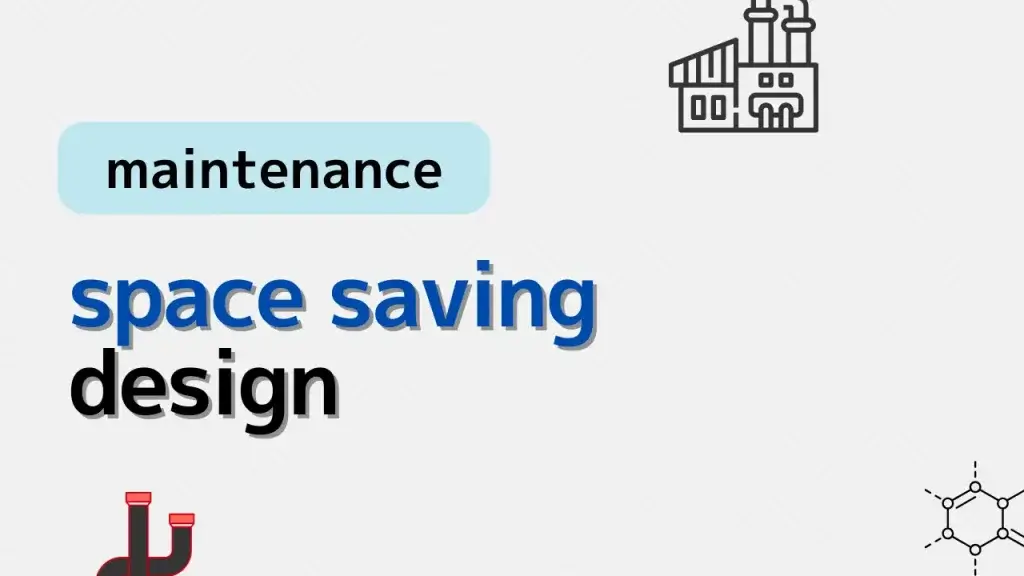Designing equipment for industrial plants often involves trade-offs. One of the most common is the balance between making equipment compact and keeping it easy to maintain.
It’s tempting to minimize footprint to save space or reduce costs. But without room to access valves, instruments, or bolts, even simple tasks like gasket replacement or leak checks become a challenge.
This article explains how to think about space-saving design while still ensuring your equipment is maintainable. Based on real experience in chemical plants, this guide will help you avoid costly mistakes and design with confidence.
Introducing articles from plantengineering.com.
When installing equipment on-site, such as in plant construction, the size of the equipment is one major concern.
Users design it themselves, they tend to take up a larger space for ease of maintenance.
They ask a manufacturer to design it, it is assembled in an extremely small space.
Let’s consider this difference.
Piping space for people to enter
When users design equipment and piping, the combination is one that prioritizes maintenance.
For example, when designing a heat exchanger, the height of the heat exchanger and the connection route of the piping are designed to make it easier to remove the channel cover.
In this case, a place to install the heat exchanger alone and a large space to take the piping support are required.
Even so, we believe that it is more important to prioritize maintenance.
Stored in one rack
When manufacturers build their equipment, they try to make it as small as possible, putting the heat exchanger and piping in a single rack and then placing the rack on-site, thus minimizing installation costs.
Will maintenance costs change?
Emphasizing maintenance can be considered to be in conflict with minimizing installation space.
Here, it is important to consider how much you value maintenance.
Is it better to reduce installation costs by avoiding a slight increase in the number of pipes to be removed?
Is it okay to increase the installation space and eliminate room for future expansion?
There is not just one answer, and it depends on the size of the plant and the philosophy of the factory, so you will always be looking for the answer while designing and asking questions.
LINK
Conclusion
Compact equipment design is important—but never at the cost of maintainability. Good design balances space-saving with long-term accessibility.
If you’re unsure whether a layout is maintainable, ask someone who’s done the job in the field. Their feedback may save you hours—or days—of rework down the road.
